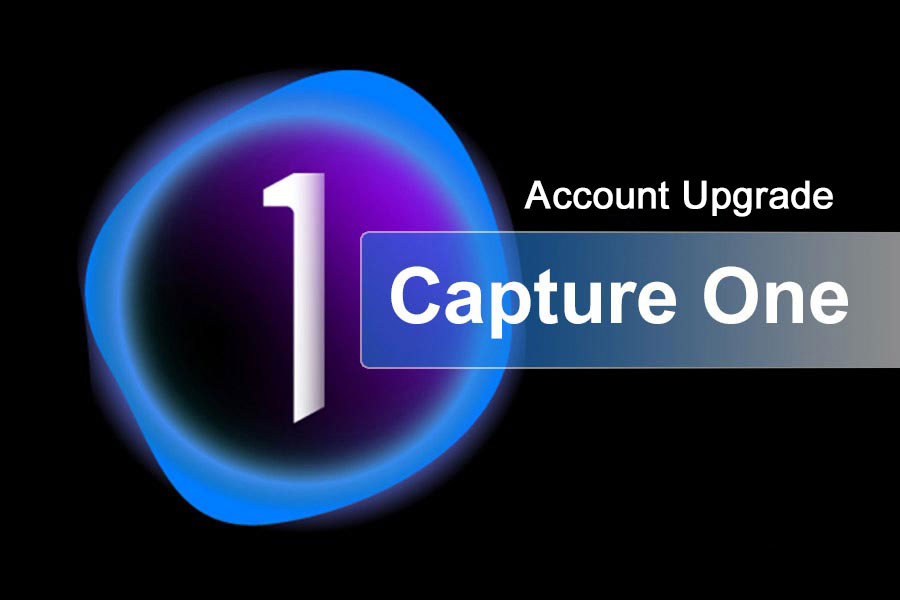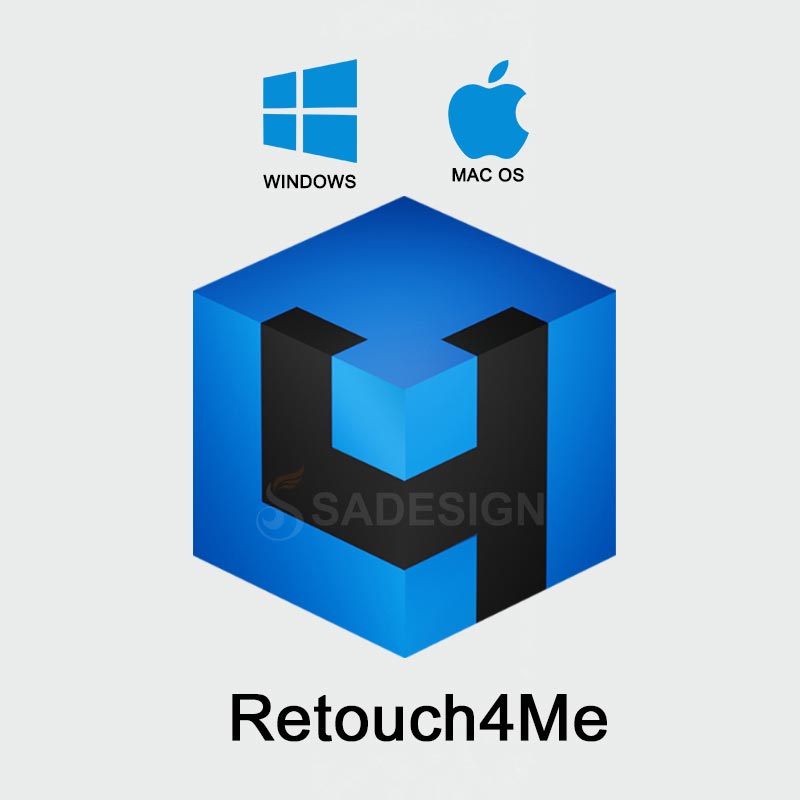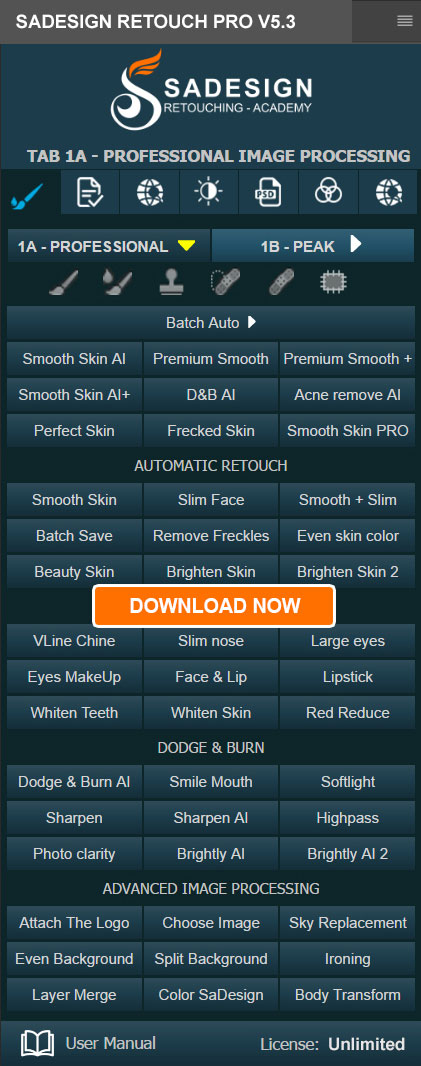Best Selling Products
5 Habits That Destroy Laptop Batteries That You Didn't Expect
Nội dung
Your daily laptop habits can silently shorten your battery life. Discover common mistakes and effective ways to protect your battery to keep your laptop lasting longer.

The battery is always one of the most important factors that help laptops maintain their mobility. Thanks to the battery, we can take our laptops anywhere, work, study, or create without depending on the power outlet. However, after a period of use, many people notice that their batteries start to "degrade": the usage time is shorter, the charge is full quickly but also runs out quickly, and the device even suddenly turns off even though the battery is still visible.
The problem is that, although no battery lasts forever, the lifespan of a laptop battery can be shortened much faster if users maintain bad usage habits. Many people think that battery failure is “inevitable over time”, while in fact, most of the causes come from the way we charge, discharge, store or use the device every day. This article will help you better understand the bad habits that are silently destroying laptop batteries , as well as explain the scientific reasons behind them. If you want your battery to last longer, be more stable and avoid having to replace it early, this is the knowledge you cannot ignore.
1. Continuous charging
One of the most common habits that almost everyone has is to constantly charge the laptop during the entire time of using it . Many people believe that "regular charging helps the machine run more stably", "when the battery is full, the power source automatically turns off so it's okay" or simply because "they don't want to worry about running out of battery". But in fact, this causes long-term damage to lithium-ion batteries, which are commonly used in most laptops today.
Lithium-ion batteries work on the principle of ion exchange between the cathode and anode in an electrolyte solution. With each charge and discharge, ions move back and forth between the two electrodes, forming a complete chemical cycle. However, when the battery is always at 100% charge, these electrochemical reactions are "forced" to maintain high voltage levels for a long time. This causes stress on the crystal structure inside the battery cells, reducing the ability to store charge and causing battery failure.

Technology experts and major manufacturers such as Asus, Lenovo, Dell or HP all recommend that users maintain the battery charge level between 20% - 80% , instead of letting the battery always be full or always empty. This is the "safe" voltage range, where the internal chemical reaction is most stable. When the battery is continuously kept at a high level of 100%, it is subjected to voltage pressure of up to 4.2V, while the ideal level to prolong its life is only about 3.9V - 4.0V.
Recognizing the importance of charging limits, many laptop manufacturers now have built-in smart battery protection modes . For example, Asus's MyASUS software allows users to select the "Maximum Lifespan Mode" to limit the maximum charge level to 80%. Lenovo also has a "Conservation Mode" feature in Lenovo Vantage, and Dell offers a "Battery Health Manager" to customize the maximum charge threshold.
So, if you have a habit of charging your phone all the time, reconsider. Get into the habit of unplugging it when the battery reaches 80% and only plugging it back in when it’s around 20-30%. This will not only help your battery stay healthy for longer, but will also help save energy and reduce system heat generation.
2. Let the battery drain completely
Just as leaving a battery plugged in can overcharge it, letting it drain completely is equally dangerous. Many people believe that letting a battery “fully discharge” before recharging it can “calibrate its capacity,” a practice that can be traced back to the days of NiMH and NiCd batteries. However, with modern lithium-ion battery technology, this is completely wrong.
Lithium-ion batteries do not have a “memory effect” like older batteries. Instead, when discharged to 0%, the chemical reactions inside become unstable. The battery voltage then falls below the safe threshold (about 2.5V/cell), causing the electrode compounds to decompose, reducing the energy storage capacity. If this happens frequently, the actual capacity of the battery will decrease significantly even though the system still reports a 100% charge, you will only be able to use it for half the time compared to when you first bought it.
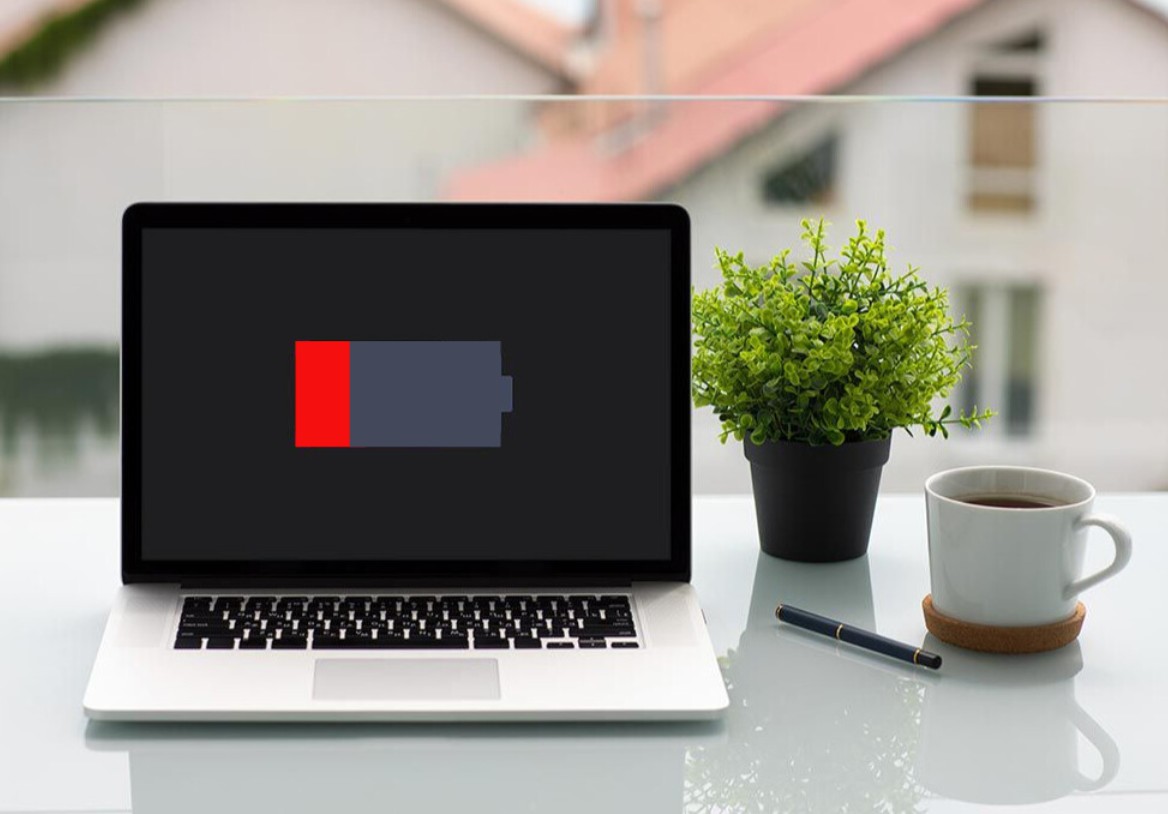
In more serious cases, the battery protection circuit can even be activated in safety lock mode , preventing the battery from receiving a charge again. This forces the user to take the device to a repair center to "activate the battery" or worse, have to replace the battery completely.
Experts advise never letting your battery go below 10% . When your laptop warns you of low battery, charge it immediately. The ideal level to start charging is around 20–30%. Keeping your battery in the 20–80% range not only helps keep performance stable, but also minimizes chemical stress on the battery cells.
Another tip is that when you do not use your laptop for a long time, do not let the battery run out before storing it. A battery that has been drained for a long time will continue to discharge itself to the point of “death” and when you come back, the laptop may no longer be able to start.
3. Let the laptop get too hot
If there is one factor that is considered the “death god” of laptop batteries, it is high temperature . Lithium-ion batteries are very sensitive to heat. When operating at too high a temperature (usually above 35°C), the chemical reaction inside will become stronger, accelerating the aging of battery cells.
You can simply imagine that each time the battery is subjected to high heat, the ions move faster, collide more strongly, leading to the breakdown of the internal structure of the electrode. In the long run, this causes the battery to lose its ability to hold a charge and the battery capacity will decrease significantly.
Laptops are devices that generate a lot of heat, especially when you play games, make videos, edit photos or run heavy graphics applications . When the temperature increases, not only the CPU and GPU are affected, but the battery is also "cooked" from the inside. If you have a habit of placing your laptop on a blanket, pillow, sofa or bed, the situation is even worse. These soft surfaces block the airflow, causing hot air to not be able to escape and heat to accumulate around the battery.
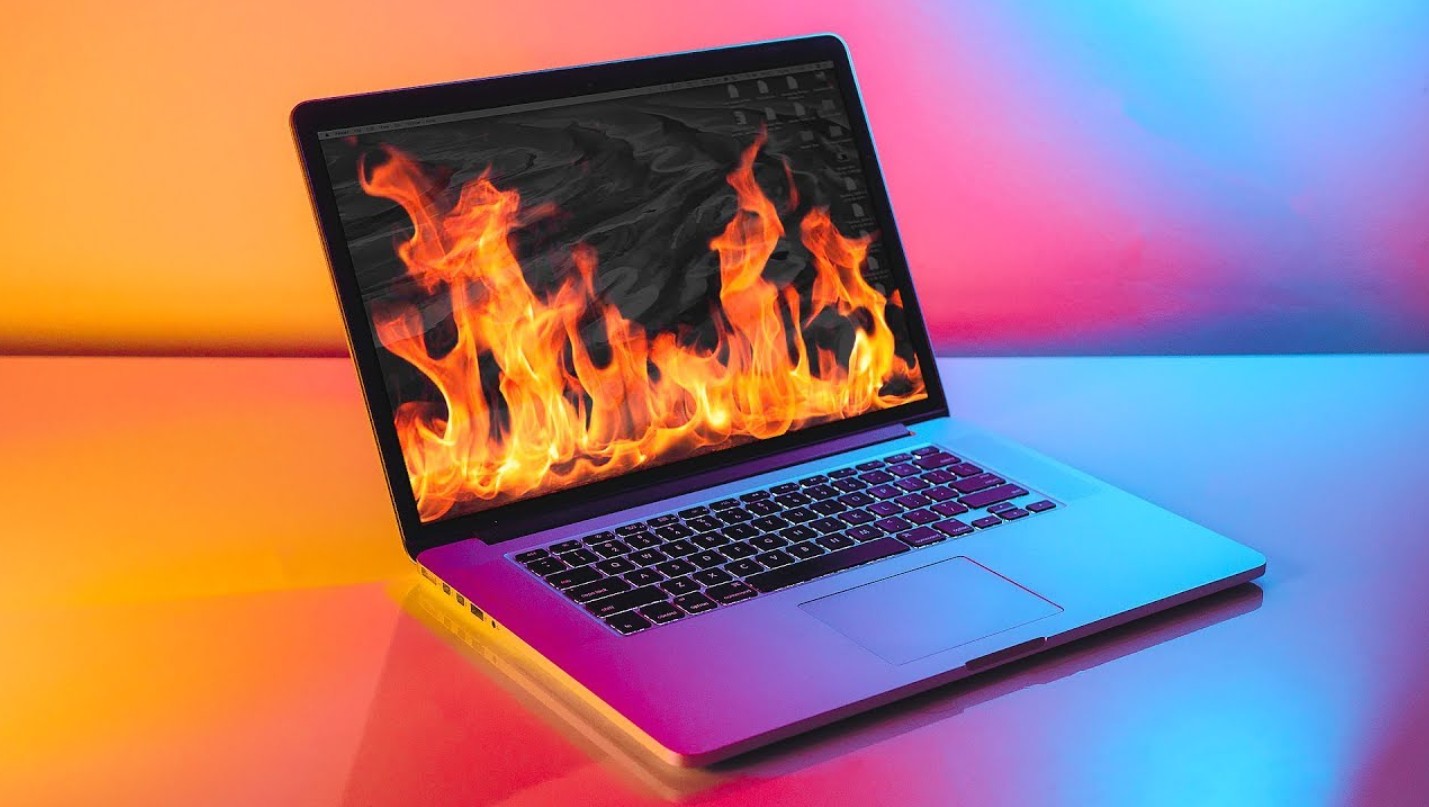
The solution is very simple but many people often ignore: put the laptop on a flat, airy surface . You can invest in a cooling pad , an inexpensive accessory that significantly reduces the temperature when working for a long time. In addition, you should regularly clean the air vents and cooling fan of the machine. Dust accumulated over time causes the airflow to be obstructed, reducing cooling efficiency, leading to the battery and components having to operate in a hot environment for a long time.
Another important tip is that if you notice your laptop is too hot, for example the keyboard and the bottom become hard to touch, stop using it . Let the machine rest for a few minutes to cool down, then continue working. Although it is just a small action, it helps prolong the life of the battery and components significantly.
4. Using an unsuitable charger
Many laptop users choose to buy “compatible” chargers on the market, because they are much cheaper than genuine products. However, this is one of the common causes of rapid damage to laptop batteries .
Each laptop line is designed with its own voltage and current requirements. When you use a charger with a lower capacity than recommended, the battery has to "struggle" to supply power to the system and recharge. This makes the battery work harder than usual, leading to heat generation and reduced lifespan. On the contrary, if you use a charger with too high capacity, the voltage exceeding the safe level can also cause the battery to overheat, affect the protection circuit and even explode if the charger does not have a stable voltage control mechanism.
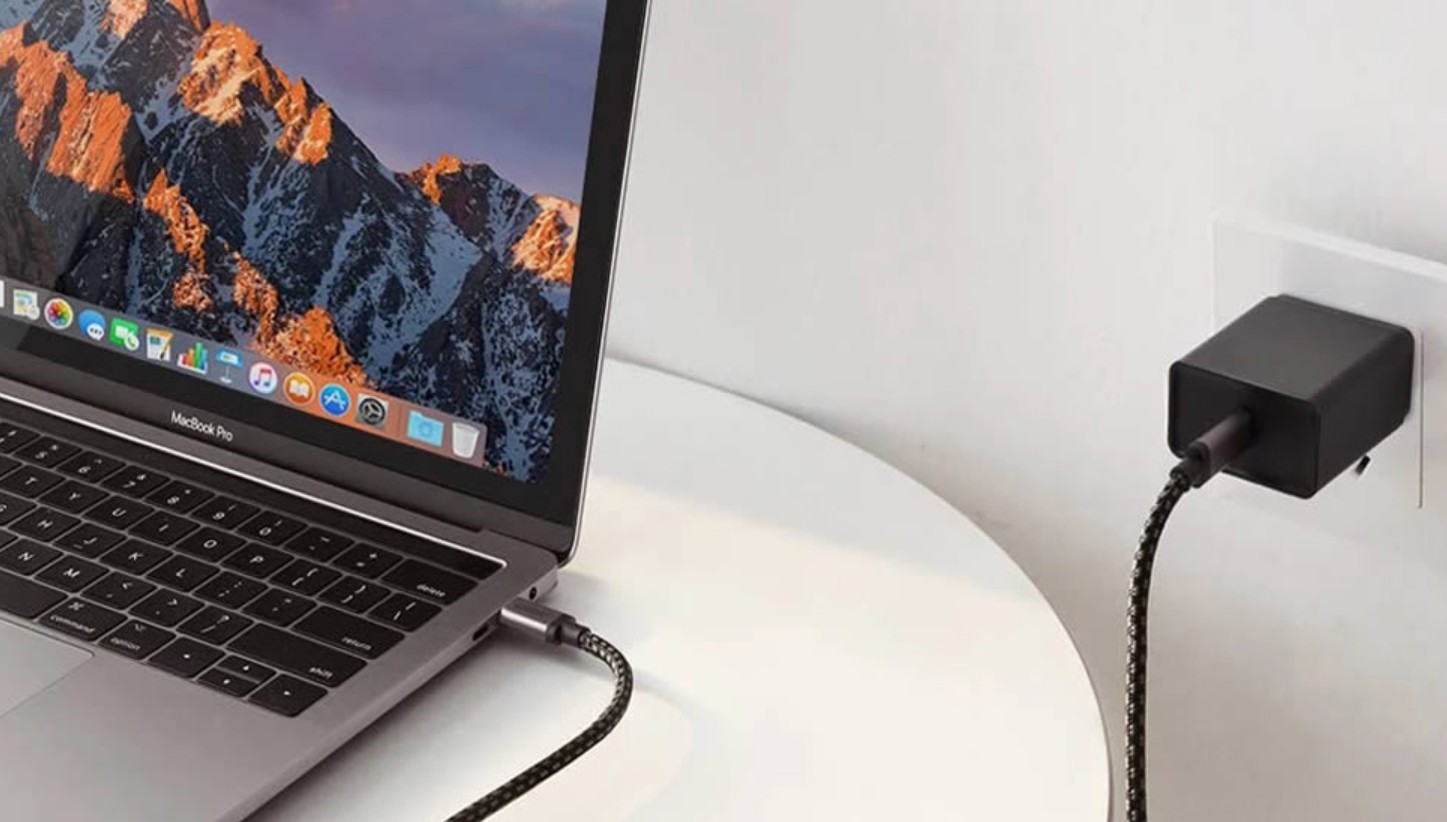
In addition, poor quality chargers often do not have a voltage and current protection circuit or automatically shut off when the battery is full . This causes the battery to continuously be charged even when it has reached 100%, leading to overcharging. In addition, unstable current also damages the battery management circuit (BMS), causing the error "battery does not receive charge" or "virtual battery" displaying a capacity that is different from the actual capacity.
The best way to protect your battery is to only use an original charger or a charger certified compatible by the manufacturer . If you must buy a replacement charger, double-check the output specifications (Output Voltage and Current) to ensure they match the original charger exactly. Also, avoid charging in humid environments or high temperatures, as both of these factors increase the risk of charging.
5. Store your laptop when the battery is low
A common situation is when you have to go away or temporarily not use your laptop for a long time, you leave the battery completely depleted and then put it away. It seems harmless, but this is one of the reasons why many people have "dead batteries" when they come back after a few months.
Lithium-ion batteries are always self-discharged, meaning that even when not in use, the battery will gradually lose power over time. If you store your laptop with the battery at 0%, this self-discharge process will cause the battery voltage to drop below a safe threshold, causing the battery cells to go into a “deep sleep” (deep discharge). When this happens, the battery protection circuit will automatically shut down completely to prevent short circuits, and your laptop may not be able to restart.
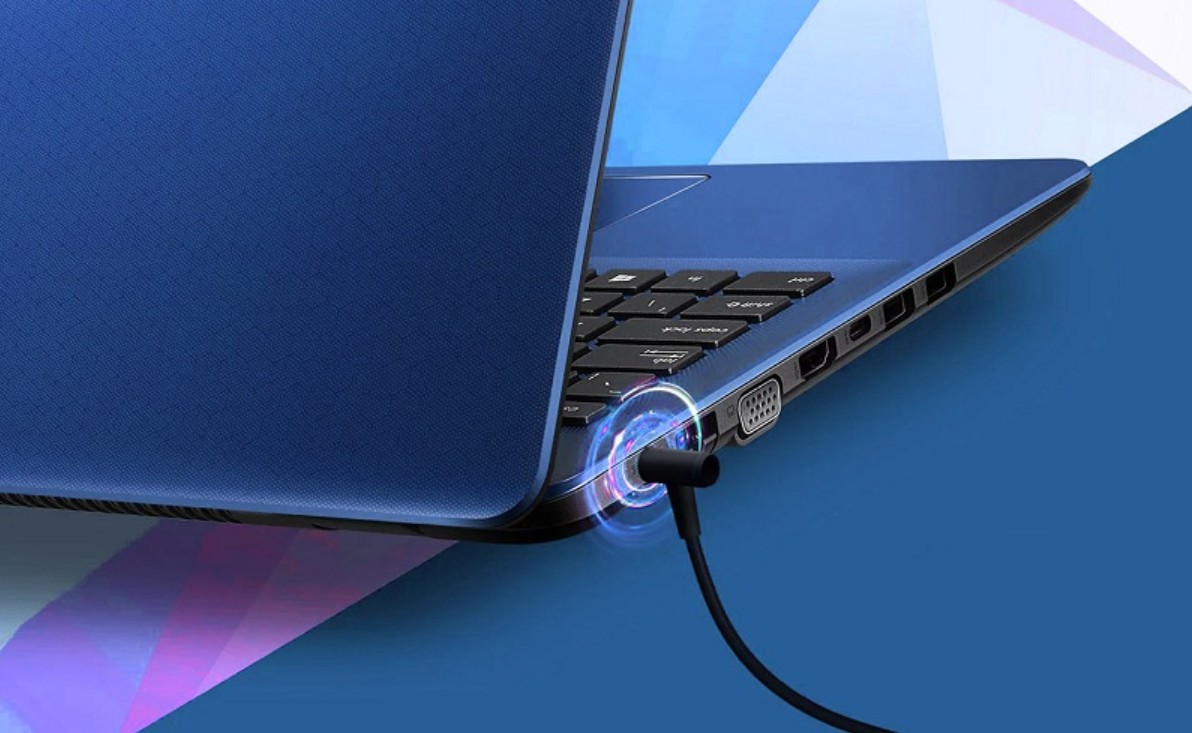
To avoid this situation, before storing your laptop, charge the battery to about 50% , then turn it off completely and store it in a cool, dry place, away from direct sunlight . This average charge level is considered ideal to maintain voltage stability and avoid chemical aging in the battery. If possible, every 2-3 months, take the device out, turn it on to check and charge it back to 50% and then store it again.
Laptop batteries, no matter how high-end, only have an average lifespan of about 300-500 charge-discharge cycles before their capacity is significantly reduced. But the actual lifespan of a battery can be extended or shortened depending on your daily usage habits.
Battery care doesn’t require any technical know-how. Understanding how lithium-ion batteries work will help you adjust your usage behavior accordingly. Remember the basics: keep the charge level in the safe zone (20–80%), avoid high temperatures, don’t let the battery run out completely, and always use an original charger .







